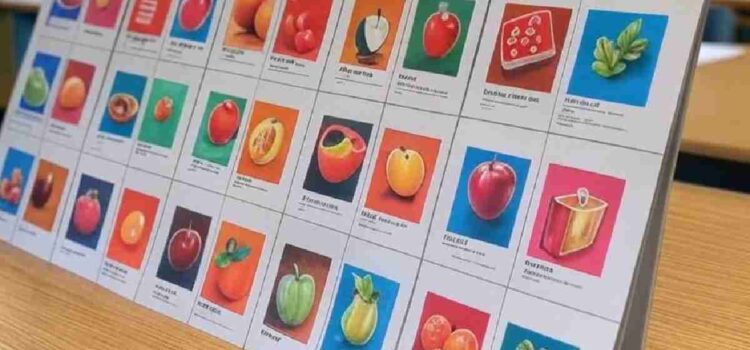Singular and Plural Nouns determine if a noun is singular or plural. Once you know this, your overall communication will be influenced. Be a student, teacher, or even a parent- this article provides a broader outlook for enhancing understanding of singular and plural nouns with helpful charts and pictures to help the learning process.
What are Singular Nouns?
A singular noun is the name of something, place, person, object, or idea. Singular nouns are the most common type of nouns wherein another replaces one thing or object in writing. Examples of singular nouns include:
- Cat
- Book
- Car
- Tree
Here are some pictures to help you visualize singular nouns:
Rules for Forming Singular Nouns
Singular nouns ending with either -s, -es, or -ies added to the back end of the word. For example:
- Cat → Cats
- Bus → Buses
- City → Cities
Actually, in this case, there are some exceptions. Some nouns don’t change their form between plural and singular and some change ultimately.
- Sheep (singular and plural)
- Mouse → Mice
What are Plural Nouns?
Plural nouns exceed one person, place, thing, or idea. They are used to represent multiple items or entities. Examples of plural nouns include:
- Cats
- Books
- Cars
- Trees
Here are some pictures to help you visualize plural nouns:
Types of Plural Nouns
There are two kinds in general: common plural nouns and irregular plural nouns.
Regular Plural Nouns
Such regular plural nouns are formed using the additions either -s, -es, or -ies to the word. Example:
- Cat → Cats
- Bus → Buses
- City → Cities
Irregular Plural Nouns
Irregular plurals do not adhere to the conventions for creating plurals. Instead, they change entirely or remain the same. For example:
- Mouse → Mice
- Deer (singular and plural)
- Child → Children
Possessive Nouns
Possessive nouns show ownership or relationship. They are formed by adding or s’ to the end of the word. For example:
- Cat’s toy
- The cat’s toys
- The students’ books
Here are some pictures to help you visualize possessive nouns:
Plural Possessive Nouns:
The possessive form of plural nouns is obtained by adding s’. For example:
- The cats’ toys
- The students’ books
Practice Time!
Good. You’ve seen the rules and their exceptions. Now, we’re going to apply them. Fill in each of the following with the appropriate noun form in parentheses.
- The ______________ (cat) of the house is sleeping.
- The ______________ (book) on the shelf is mine.
- The ______________ (city) in the world is Tokyo.
Anchor Charts and Task Cards
Anchor charts and task cards are excellent techniques to teach singular and plural nouns. An anchor chart does give an image of the rules with examples, but a task card is something where the student can be very interactive.
Here are some examples of anchor charts and task cards:
Tips for Teaching Singular and Plural Nouns
- Pictures and diagrams will help illustrate the concept to the class.
- Practice, practice, practice! Use task cards and anchor charts to reinforce learning.
- Make it fun! Their concepts about projects are always interesting, along with games and activities.
Conclusion
Mastering singular and plural nouns constantly forms a large part of having a good takeoff on being able to communicate efficiently. This guide now familiarizes you with singular and plural nouns and possessive nouns. Reinforce your learning through charts and pictures provided; practice using anchor charts and task cards, too.

